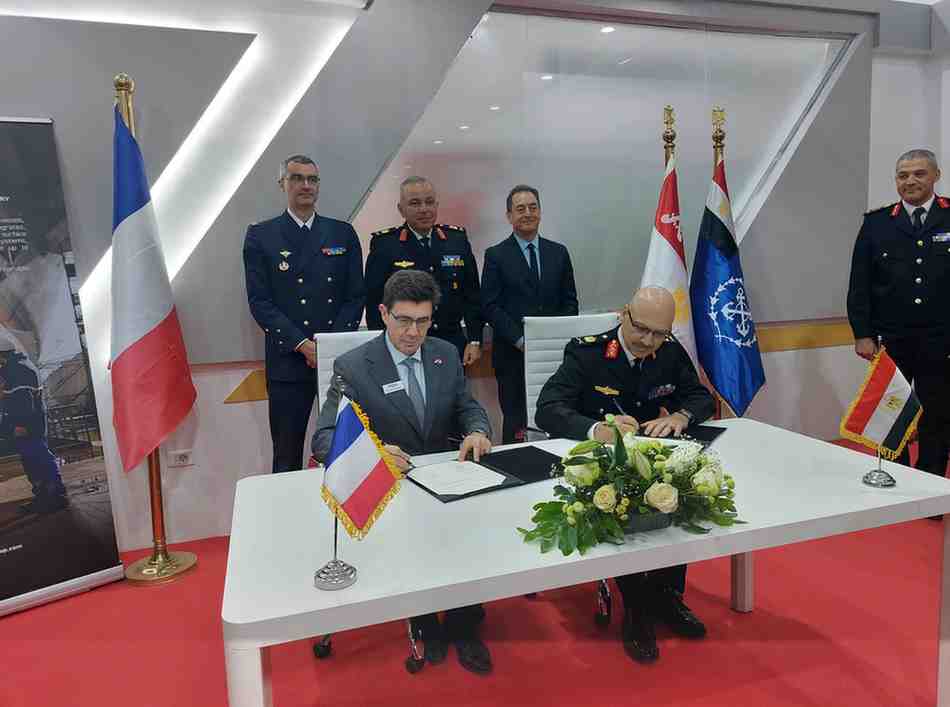Kyrgyzstan and Tajikistan dispute along the border started over irrigation water last week that quickly spread along the border. In result,40 people were dead and 30,000 were displaced on the Kyrgyz side.
It is declared the worst incident in the region after the fall of the Soviet Union. Although less deadly, it intensifies in the region, this time the situation could get out of hand as the leaders of both countries are stimulating to start a crisis that distracts from the domestic unrest caused by their mismanagement of the COVID-19 pandemic.
Kyrgyzstan and Tajikistan dispute along the border started over irrigation water last week that quickly spread along the border. In result,40 people were dead and 30,000 were displaced on the Kyrgyz side.#CentralAsiahttps://t.co/Ay23AtyQhf
— Sana Fatima (@iSana_Fatima) June 29, 2021
Table of Contents
ToggleBackground
Tajikistan shares a border with Kyrgyzstan. The latest conflict started with a fight over a water intake station. It is located on the Kyrgyz-Tajik border near Kok-Tash in Batken province. A local official in a village near Kok-Tash stated a decade ago that they were 100% sure that Tajiks would try to move the physical border posts a few feet at night. This shows the level of mistrust in the region. Due to this, the most common road or facility repair work is considered as an opportunity to grab advantage.
The Kyrgyz side had been doing some work on the water intake station earlier in April. On April 28, Tajik side set up a video monitoring camera to keep an eye on Kyrgyz use of the shared resource.
On April 28, civilians from both sides of the border began fighting with rocks and clubs. Border troops from both sides were involved with live fire soon after. According to a report, the fighting built up into a pitched battle. Use of machine guns, mortars and other heavy weapons was made.

Threateningly, Tajik troops took control of a highway leading to the Vorukh enclave, an island of Tajikistan completely enclosed by Kyrgyzstan. The fact that Tajik troops far from the original clash were involved gives a hint of intentionality.
Read About: Iranian vote to chose their fate: presidential election on the horizon
The Meme War
Kyrgyzstan and Tajikistan dispute in the past gave birth to another difference . The meme war started quickly on social media. In Tajikistan information was sparse and no numbers of casualties were reported due to more tightly controlled traditional media. Kyrgyzstan’s still relatively more open media reported a puzzled series of numbers and facts. But social media bursted with a chaos of reports, bigoted memes and patriotic themes designed to form an opinion. The Facebook fight took on the same direction as the community clashes in Kok-Tash. Thoughtful voices may have been suppressed by the amount of posts and the way the platforms were used to process information. While the dispute on the ground seems to have been contained, the community-on-community meme war sustained.
Leaders Face Pressure
In previous Kyrgyzstan and Tajikistan dispute in the region, both sides would send the heads of their national security agencies, their interior ministries or the defense ministries and pull their troops back, giving the situation time to cool off and reasserting control. Oligarchic leaders maintained order by checking on any unauthorized violence. This would not address the underlying problem but would decelerate the conflict.
Things are different this time. The clashes are an integral part into the political calculations of leaders trying to score wins in popular opinion. Among the world’s most remittance-dependent economies, both Kyrgyzstan and Tajikistan have seen a catastrophic drop in migrant laborer remittances from Russia as a result of the COVID-19 pandemic, and the leaders of both countries are facing criticism at home for mishandling the health crisis. As a consequence, these leaders have played on nationalist and populist sentiment to pick fights outside. The local political dynamics could push them to accelerate the conflict.
Kyrgyz President Sadyr Japarov rule
After the previous government was toppled last October, Kyrgyz President Sadyr Japarov came to power in January on a loosely nationalist, traditionalist and populist platform. According to the supporters of democracy, his assumption of power must be rejected as he rewrote the constitution to reassert executive control. Kyrgyzstan may also be facing a third wave of COVID-19. Japarov suggested that eating the poison aconite root is an “effective” cure for COVID-19, resulted in several people being hospitalized. A widespread protests sparked against the government in April after the killing of a young woman who had been the victim of an attempted bride kidnapping while in police custody in Bishkek
Earlier this spring, Japarov decided to settle the parts of Kyrgyzstan’s borders that have not been marked. As a way to demonstrate his assertive leadership, he took on this matter. He has committed to cutting favorable deals with Kyrgyzstan’s neighbors. He tout his ability to negotiate better than his predecessors. But after a positive trip to Uzbekistan, Japarov and the head of the National Security Committee, former nationalist politician Kamchybek Tashiev, have stumbled in their efforts to resolve border issues with their western neighbor.
Japarov would soon greet a glad tiding
Tajik President Emomali Rahmon made a rare visit to the Vorukh enclave on April 7 and declared. It seems in response to a remark by Tashiev, that there would never be any discussion with Kyrgyzstan about changing the status of the enclave. In this context, the reported Tajik seizure of the highway to Vorukh looks more threatening.
Rahmon, too, could use a distraction from the problems of economic stress caused by the pandemic. also, drying up of remittances from migrant labor in Russia is adding up. He needs distraction from the poor way in which his government has managed the health crisis. He could choose to play to his domestic audience by getting tough on border issues.
The Next Step
As of May 4, Kyrgyzstan and Tajikistan dispute appeared to be holding the cease fire. There are a few ways that the current crisis could be handled, and ways to ensure future conflicts don’t get dangerous.
The five countries of Central Asia — Kazakhstan, Kyrgyzstan, Tajikistan, Turkmenistan and Uzbekistan — should work among themselves to resolve such conflicts. Kazakhstan and Uzbekistan are encouraged to offer help to manage the conflict between Kyrgyzstan and Tajikistan. Central Asians know that they are stronger working together and that resolving their own issues is always better than inviting powers from outside the region to solve their problems.
These former Soviet republics always seek Russia for help during a crisis. As members of the Russians led Collective Security Treaty Organization (CSTO) and the Shanghai Cooperation Organization (SCO), both Kyrgyzstan and Tajikistan can call on outside forces. However, Russia is busy in a diplomatic hiss with the United States. It has assembled troops along the border with Ukraine. also it cooled down a ceasefire between Armenia and Azerbaijan that has resulted in the deployment of Russian peacekeeping troops in Nagorno Karabakh. It absolutely doesn’t have the desire to deal with another crisis. China’s position on the crisis between Kyrgyzstan and Tajikistan is not much clear. It could sense an opportunity to take on a larger role in the region. Iran, on the other hand, has offered to mediate.
It is vital to resolve the issues over resources, borders, access and mistrust that are at the land of these disputes. The political momentum now will no longer serve to keep things in the jar. The ending solution to these problems should come from within the region itself, rather than seeking help from outside.
- GDI Staffhttps://defensetalks.com/author/umair/
- GDI Staffhttps://defensetalks.com/author/umair/
- GDI Staffhttps://defensetalks.com/author/umair/
- GDI Staffhttps://defensetalks.com/author/umair/











